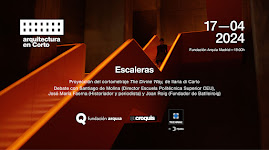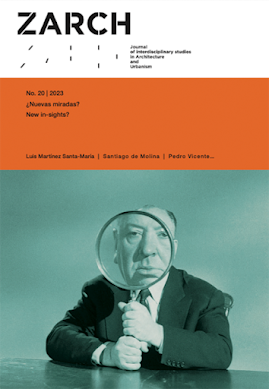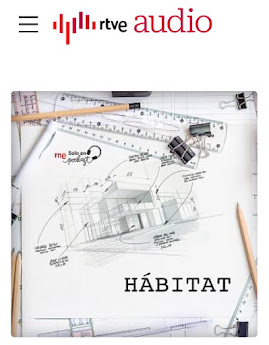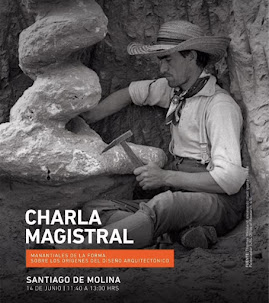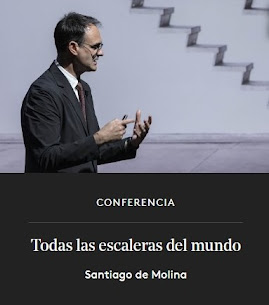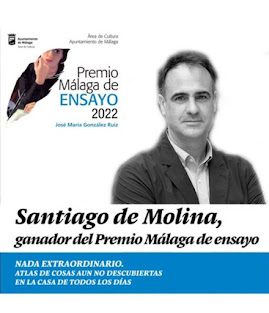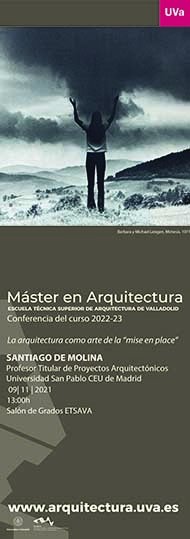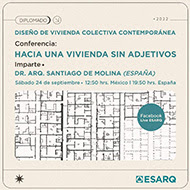Pero el caso de John Pawson, el último unicornio del minimalismo, pilla al blanco occidente blanco a trasmano. Que tras tanta renuncia, renuncie también al propio minimalismo es como el tirar la escalera tras haber ascendido por ella. No puede entenderse de otro modo su viraje hacia el exceso incontrolado que muestra esta imagen.
El suicidio, la apostasía, el volantazo son meras figuras retóricas comparadas con el maximalismo que parece haber asumido. Decorar con muebles que podrían haber sido diseñados por Rossi o Tusquets, pintar vigas, suelos o paredes con colores propios de un estudiante de Columbia (de sus últimos cursos) y sumir el espacio en un exceso de ornamento digno del siglo XIX, es más que una simple evolución. Sus setenta y tres primaveras no le obligaban a entrar en un periodo gagá. El certificado de defunción del último unicornio está al caer...
Si es evolución, bienvenida sea. Si es otra cosa, solo puede ser una broma. De hecho, lo es. Una que gastó a los lectores de Dezeen, Studio Merlin paras celebrar "April fool" (algo así como el día de los inocentes, en anglosajón).
Lo que no es una broma, en estas cosas nunca lo es, es el porqué de los sujetos elegidos. Por orden: la coherencia y el minimalismo (y, por último, Pawson)... Esos son los verdaderos unicornios amenazados.
But in the case of John Pawson, the last unicorn of minimalism, his departure from minimalism catches the white West off guard. After so much renunciation, to renounce minimalism itself is like throwing away the ladder after climbing it.
His turn towards uncontrolled excess is compared to suicide, apostasy, or a sudden swerve, but it's much more than a simple evolution. Decorating with furniture that could have been designed by Rossi or Tusquets, painting beams, floors, or walls with colors from a student's last courses at Columbia, and plunging the space into an excess of ornamentation worthy of the 19th century is more than just an evolution. His seventy-three springs did not force him into a dacay period. The death certificate of the last unicorn is close...
If it's evolution, welcome it. If it's something else, it can only be a joke. In fact, it is. One that fooled Dezeen readers, Studio Merlin for the April Fool celebration.
What's not a joke, in these things it never is, is the reason behind the chosen subjects. In order: coherence and minimalism (and lastly, Pawson)... Those are the real threatened unicorns.






















